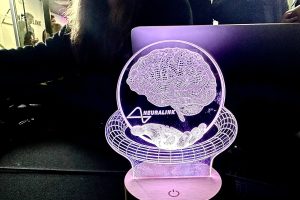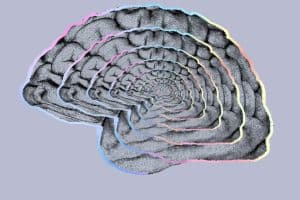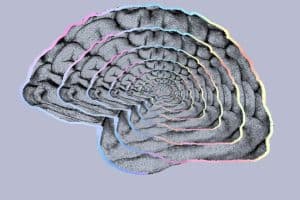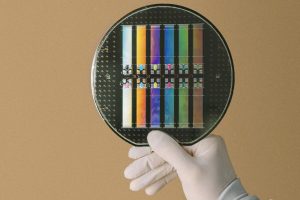- 🧠 Neuralink has successfully installed a second brain implant in a human patient.
- 🗣️ Elon Musk shared this update during a podcast with Lex Fridman.
- 🎯 The implant is part of the PRIME Study focused on aiding quadriplegic patients.
- 💻 Patients can control external devices, like a computer mouse, with their thoughts.
- 📈 Musk anticipates over 1,000 Neuralink implants by 2026.
- ✅ Neuralink obtained FDA approval for this second implant in May.
- 🔬 First implant in patient Noland Arbaugh allowed him to control devices and seek financial independence.
- 🚀 The PRIME Study targets patients with specific conditions for participation.
In the ever-evolving landscape of technology and medical science, Elon Musk’s brain chip company, Neuralink, has achieved yet another groundbreaking milestone. The company recently announced the successful installation of its second brain implant into a human patient. This revelation, made during a podcast with Lex Fridman, signals not only a major advancement in neurotechnology but also a beacon of hope for quadriplegic patients. Join us as we delve deeper into the details of Neuralink’s latest achievement, the implications for the future, and what it means for those affected by severe neurological conditions.
The Significance of the Second Implant
Neuralink’s Progress
Neuralink’s second successful brain implant is more than just a scientific achievement; it’s a testament to the strides being made in the field of neurotechnology. Elon Musk shared this exciting update during a podcast with renowned AI researcher Lex Fridman. Musk’s announcement not only captured the interest of tech enthusiasts but also brought to light the transformative potential of Neuralink’s technology for medical science.
The PRIME Study: A Deep Dive
The Objective: Neuralink’s brain implant is a part of the PRIME Study, which is specifically targeting patients who are quadriplegic due to spinal cord injuries or amyotrophic lateral sclerosis (ALS).
The Technology: The implants are designed to convert thoughts into control signals for external devices, such as a computer mouse. This means that patients can regain a semblance of autonomy, a powerful leap in improving quality of life.
Clinical Trials: The clinical trials for the PRIME Study began after Neuralink received FDA approval in May for its second implant. This approval signifies a rigorous vetting process by the FDA, underscoring the safe and efficacious potential of the technology.
A Glimpse into the Future: 1,000 Implants by 2026?
Musk’s Vision
Elon Musk has always been known for his ambitious goals, and Neuralink is no exception. During the podcast, Musk speculated that there could be over 1,000 humans fitted with Neuralink implants by 2026. While this number might seem ambitious, the rapid advancements in the technology and positive initial results lend credibility to this vision.
Patient Stories: Noland Arbaugh’s Journey
First Patient: Noland Arbaugh was the recipient of Neuralink’s first brain implant, providing a real-world example of the technology’s impact. Arbaugh, who was previously reliant on a stylus and his mouth to control devices, can now control a computer mouse with his thoughts.
Life-changing Impact: This newfound ability has empowered Arbaugh to seek financial support for himself and his family, significantly improving his quality of life and reducing dependence on caregivers. His story stands as a testament to the potential of Neuralink’s technology to transform lives.
The PRIME Study: Key Details and Eligibility
Study Objectives: The PRIME Study aims to evaluate the safety and effectiveness of the brain-computer interface (BCI) implant.
Patient Criteria:
- Individuals with spinal cord injuries or ALS.
- Exclusion criteria include patients with active implanted devices (pacemakers, deep brain stimulators), a history of seizures, MRI requirements, or those receiving transcranial magnetic therapy.
Steps Forward: Participating in the Study
Application Process:
For those interested in participating in the study, Neuralink has opened applications via a patient registry on their website. The process is rigorous to ensure that the most suitable candidates are selected, and that the study results are as reliable and impactful as possible.
Final Thoughts
Neuralink’s second successful brain implant is an exciting leap forward in neurotechnology. By enabling quadriplegic patients to control external devices with their thoughts, this technology holds the promise of enhanced independence and improved quality of life for millions. As we look ahead to the possibility of over 1,000 implants by 2026, it’s clear that the intersection of technology and medicine is on the cusp of a revolutionary change. For now, we watch and wait with bated breath for what Neuralink will bring next.





